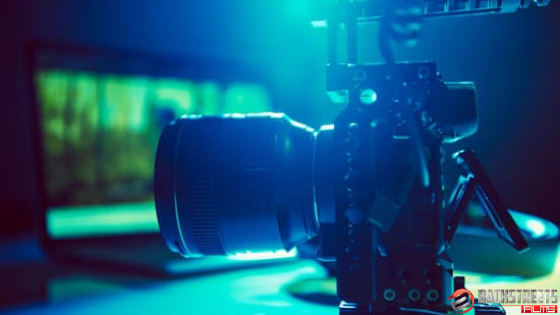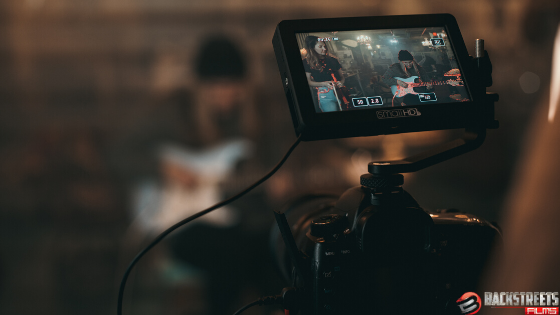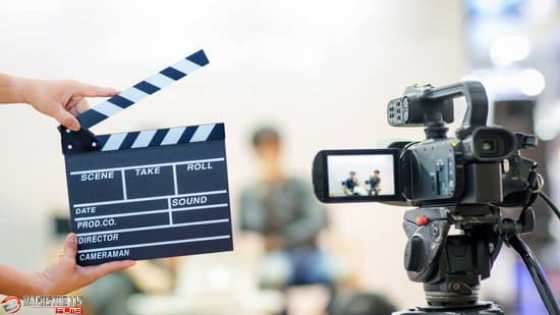- Monday – Saturday 9 AM – 7 PM
- 0172 4780245
- +919779922367
- info@backstreetsfilms.com
10 Camera Shots Techniques & Tips

How technology is reshaping the Film Making Industry?
February 22, 2020
A Visual Impact of 2019-20 Coronavirus Pandemic on Film Industry
March 30, 2020- 2d animation course in Chandigarh
- animation course in Chandigarh
- cinematography
- cinematography course in Chandigarh
- cinematography training in chandigarh
- film direction course in Chandigarh
- film making training in Chandigarh
- film production services
- sound editing course in Chandigarh
- videography training in Chandigarh
Cinematography involves a lot of things but it is basically about capturing your desired images. The various techniques are used to capture these images. A cinematographer is the crew chief that presides over the camera and light crews on a film or video production. They usually get involved throughout the entire product lifecycle. A cinematographer is the crew chief that presides over the camera and light crews on a film or video production. They usually get involved throughout the entire product lifecycle.
The cinematography course in Chandigarh provides a list of professional cinematography terms and techniques used in the entertainment industry that can help dictate how your audience should feel about your scene, as well as how they will interpret it. These should help you move forward with your creative vision.
Extreme long shot
A shot in which the human figure would be extremely significant compared to its surroundings. This shot, often used as an establishing shot when one big area change to another, it is usually placed at the beginning of a scene to establish the general location of the specific action to follow.
Bird’s eye shot or Arial shot
A bird’s eyeshot/Arial shot often involves the camera is positioned on an elevated platform, aircraft, or floating object where covers a grand landscape of space, used to establish a sense of geography which is known as an establishing shot, provide a sense of scale.
Wide shot or a long shot
In long shot subject shows from top to bottom, this would be head to toes, but it is not necessarily filling the frame. This shot makes the viewers feel like a casual bystander when the film is going on. The long-shot does not focus on the people in the shot.
The medium shot
Medium Shot shows more detail of part of the subject. For a person, a medium shot typically frames them from about waist up, and are used for general group scenes with dialogues and interviews. This is one of the most common shots seen in films, as it focuses on a character in a scene while still showing some environment.
Close up shots
If you want to really surprise your audience, it would be best to surround your close-up shots with full shots. Close-Up shot fills the screen with part of the subject, such as a person’s head/face that allows viewers to feel more engaged. Less background and more of just the face, framed like this tightly, the emotions and reaction of a character dominate the scene.
Extreme close up shots
Extreme Close Up emphasizes a small area or detail of the subject or it is commonly used to show specific portions of the body. Like the face or hip, but it can go closer to show only an actor’s mouth or even a single eye. While these shots greatly lack context, it’s great for adding drama and intimacy.
Dutch angle shot
A Dutch Angle shot, in which the camera is set at an angle on its horizontal and vertical axis. You can use this to show a character’s unsound emotional or mental state. Or add a worrying feeling to a particular scene.
Over-the-Shoulder Shot
In over the shoulder shot, a subject is shot from behind the shoulder of another. And framing the subject anywhere from a Medium to Close-Up. It is the most crucial cinematography technique as it adds conversational scenes to look as natural to the viewer as possible.
Zoom length shot
A zoom shot is used throughout the film shooting, in which the zoom shot isn’t actually a camera move. It really refers to the adjustment of a lens’ focal length or the resulting shot using a zoom lens. The natural effects such as being jerky do not distract the viewer.
Point of view shot (POV)
Last but not least, A point of view shot is a film angle that shows a character is a first-person. This puts the audience directly into the head of the character and makes feel them as they are in the movie. Some common examples are of a character waking up, drifting into unconsciousness, or looking through a scope.
To wrap up- Why Backstreets Films is the right place to learn cinematography?
At Cinematography course in Chandigarh, you will learn the basic elements of camera theory, lensing, lighting, color correction and more. Each and every topic will be taught through lectures and practical exercises. For various shots, you will be taught the techniques in detail. So that you can prepare and shoot a short film in the easiest method.




